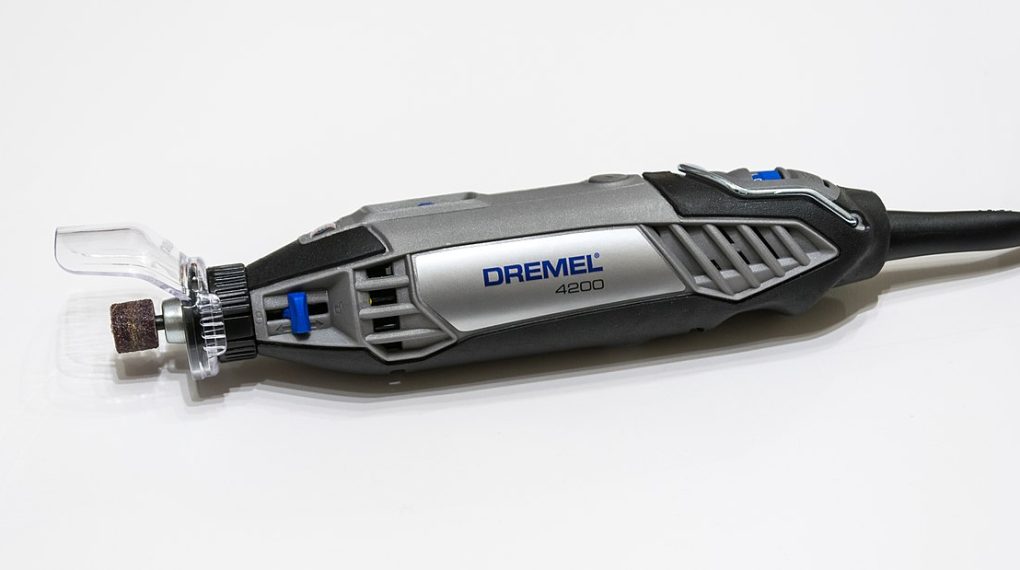Sanding Dremel tools are versatile and essential for various DIY projects. Whether you’re a professional or just starting, understanding how to use a sanding dremel effectively can make your work more efficient and enjoyable. This guide will walk you through every step, ensuring you achieve the desired results.

Tsungam, CC BY-SA 4.0 https://creativecommons.org/licenses/by-sa/4.0, via Wikimedia Commons
Sanding Dremel: What You Will Need
- Sanding Dremel tool
- Appropriate sanding attachment
- Safety glasses
- Work gloves
Step 1: Safety Precautions
Before you begin using your sanding dremel, ensure that you are wearing safety glasses and work gloves to protect your eyes and hands.
Step 2: Attach the Sanding Bit
Choose the appropriate sanding attachment for your project. Attach it to the sanding dremel by following the manufacturer’s instructions, usually by unscrewing the collet, inserting the bit, and tightening it back.
Step 3: Adjust the Speed
Adjust the speed of the sanding dremel to match the material you are working on. Start with a lower speed and gradually increase as needed.
Step 4: Sanding Technique
Hold the sanding dremel firmly and apply it to the surface. Move it in a steady, even motion, avoiding pressing too hard. Keep the tool moving to prevent creating uneven surfaces.
For more articles on sanding, click here: Sanding: Your Full-Circle Guide to Smooth Mastery
Step 5: Finishing Touches
After sanding, inspect the surface for any uneven areas and re-sand if necessary. Clean the surface with a damp cloth to remove any dust or debris.
Conclusion
Using a sanding dremel can be a straightforward and rewarding process when done correctly. By following these steps, you can achieve professional results in your projects.